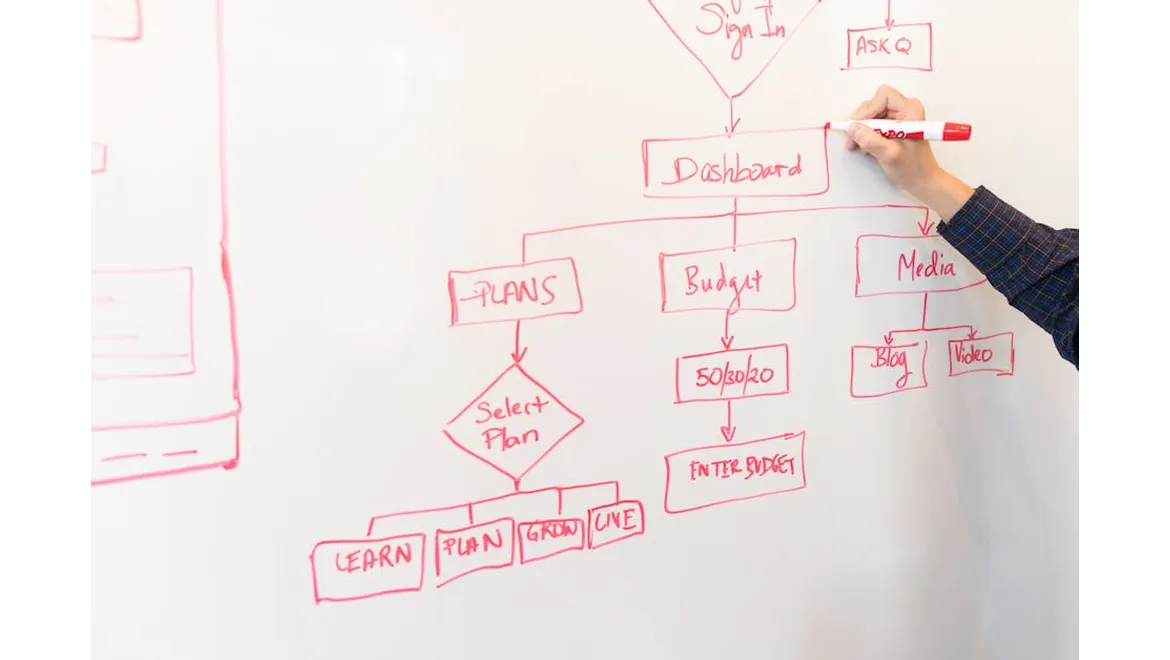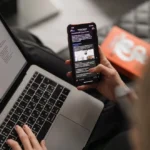Right, let’s talk budgets. Not the nail-biting, spreadsheet-staring kind, but the empowered, ‘this-is-going-to-work’ kind. For years, we were throwing money at the wall, hoping something – anything – would stick. Our marketing felt scattershot, and the returns were… well, let’s just say they weren’t dazzling. We knew we needed to change, and that change came in the form of psychographics.
Before, we were operating on demographics alone. Age, location, income – the usual suspects. We thought we knew our audience. We were wrong. Demographics tell you who someone is; psychographics tell you why they do what they do. And that ‘why’ is pure gold when it comes to resource allocation.
The Problem with Demographics Alone
Think about it. You could have two individuals, both aged 35, living in London, earning roughly the same amount. Demographically, they’re twins. But one might be a fitness fanatic, obsessed with organic food and sustainable living, while the other is a tech enthusiast, glued to the latest gadgets and prioritising convenience above all else. Sending them both the same generic marketing message about, say, a new car, is a recipe for disaster. One might be swayed by fuel efficiency and environmental impact, the other by its smart technology and connectivity.
This is where the problem lies: without understanding their motivations, values, interests, and lifestyle choices, our messaging was falling flat. Our budget was being stretched thin, trying to cover all bases, and ultimately, connecting with very few.
Diving into Psychographics: Unearthing the ‘Why’
So, we rolled up our sleeves and got to work on psychographic profiling. This wasn’t a quick fix. It involved a multi-pronged approach:
- Surveys: We crafted detailed surveys going beyond basic demographics, asking questions about values, hobbies, opinions, and aspirations. We used a mix of multiple-choice and open-ended questions to gather both quantitative and qualitative data.
- Social Media Analysis: We analysed our existing audience’s social media activity. What were they liking, sharing, and commenting on? Which influencers were they following? Tools like social listening platforms proved invaluable here.
- Website Analytics: We delved deep into our website analytics, tracking user behaviour. Which pages were they visiting? What content were they engaging with? How long were they spending on each page?
- Customer Interviews: Perhaps the most insightful, we conducted in-depth interviews with existing customers. We asked them about their pain points, their goals, and what motivates their purchasing decisions.
From Insights to Action: Segmenting Our Audience
All this data allowed us to segment our audience into distinct psychographic profiles. We moved beyond generic labels and started building rich, detailed personas. Suddenly, we weren’t just targeting ‘women aged 25-35’; we were targeting ‘Eco-conscious Adventurers’ or ‘Tech-Savvy Professionals’.
Each persona came with a deep understanding of their motivations, values, and preferred communication channels. For example:
- The Eco-Conscious Adventurer: Values sustainability, enjoys outdoor activities, and is influenced by ethical brands. We knew to target them with content focused on eco-friendly products, sustainable practices, and adventure travel opportunities through specific online travel blogging channels.
- The Tech-Savvy Professional: Prioritises efficiency, embraces new technologies, and seeks solutions to simplify their lives. We reached them with content showcasing innovative tools, time-saving hacks, and professional development resources through LinkedIn, business blogs, and professional magazines.
The Resource Allocation Revolution: Budgeting with Precision
This is where the magic happened. Armed with these detailed psychographic profiles, we could finally make informed decisions about resource allocation. We could stop throwing money at the wall and start investing strategically.
- Prioritising High-Potential Segments: We identified the segments with the highest potential for conversion and loyalty, and allocated a larger share of our budget to targeting them. If the Tech-Savvy professional segment has an average order value twice that of another segment, it might warrant a higher allocation.
- Personalising Messaging & Content: We tailored our messaging and content to resonate with each segment’s specific needs and interests. No more generic campaigns! Each segment received personalised messaging designed to meet their goals. This led to a dramatic increase in engagement and conversion rates. For example, we focussed on the functionality and time-saving aspects of product feature updates with our Tech-Savvy Professional demographic in professional magazine advertisements and LinkedIn campaigns. Conversely, with Eco-Conscious Adventurers, we focussed on the product’s sustainably sourced material origins and minimal carbon production levels within online blogs and influencer endorsements.
- Optimising Channel Selection: We focused our efforts on the channels that each segment frequented most. If the Eco-Conscious Adventurer spends time on sustainable living blogs and environmental awareness advocacy platforms, we might prioritise those channels over mainstream advertising outlets.
- Testing and Iterating: Most importantly, we constantly tested and iterated. We tracked the performance of our campaigns, analysed the data, and refined our strategies based on what was working and what wasn’t. A/B testing in particular was essential.
The Payoff
The results were undeniable. Our engagement rates soared, our conversion rates climbed, and our overall marketing ROI increased significantly. We were no longer wasting resources on irrelevant messaging and ineffective channels. Instead, we were investing strategically in the audience segments that mattered most.
We saw a significant uplift in our return by understanding not just who our customers were, but why they behaved the way they did, enabling better choices with our investment. That’s a powerful outcome to build any successful business on.











